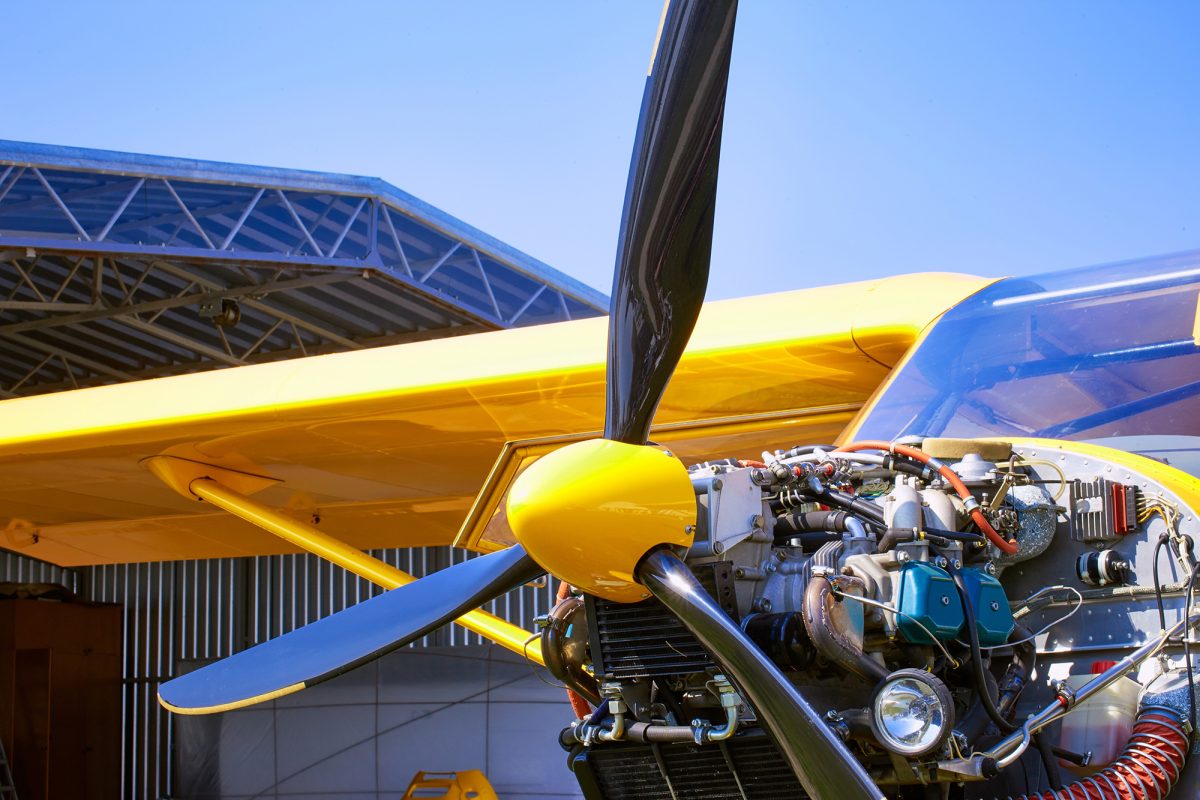A crucial component that plays a vital role in maintaining aircraft safety is the pitot-static system. This system measures air pressure and velocity, providing essential data for instruments such as the airspeed indicator, altimeter, and vertical speed indicator. It is an area that is often overlooked when it comes to aircraft maintenance. Ensuring the accuracy and calibration of these instruments is critical. Let’s explore why proper pitot-static system calibration is vital for aircraft owners and operators.
THE IMPORTANCE OF PITOT-STATIC SYSTEM CALIBRATION
Accurate Airspeed Indication:
The airspeed indicator is a fundamental instrument for pilots, indicating the speed at which an aircraft is travelling through the air. Proper calibration of the pitotstatic system ensures precise airspeed readings, enabling pilots to maintain the optimum speed for a safe and efficient flight. Whether it’s monitoring climb rates or approach speeds during landing, accurate airspeed indications are crucial for making informed decisions.
Reliable Altitude Measurements:
For pilots flying in any airspace, and particularly in and around controlled airspace, maintaining accurate altitude measurements is essential for terrain and airspace clearance. The altimeter, driven by the pitot-static system, provides altitude information based on air pressure changes. Calibration ensures that the altimeter reflects the actual altitude accurately, enabling pilots to navigate confidently and avoid potential conflicts with other aircraft. This is of course important when flying the circuit at aerodromes. If aircraft are not all reading accurately off the Area QNH then there is potential for conflicts.
REQUIREMENTS FOR PITOT-STATIC SYSTEM CALIBRATION
Regular Inspections:
Aircraft owners must adhere to a regular inspection schedule for their pitot-static systems. This involves checking for leaks, blockages, or any physical damage that may compromise the system’s functionality. Visual inspections should be conducted before each flight, and more thorough inspections must be performed every 24 months by qualified persons. Please review Section 12.4 – Instrument and Transponder Checks in the RAAus Technical Manual found at raaus.com.au for specific requirements.
Qualified Maintenance Personnel:
Calibrating the pitot-static system requires specialised knowledge and expertise. It is essential to engage qualified maintenance personnel who possess the necessary skills to accurately calibrate and test the system. A Part 66 Licence holder with a B2 qualification can ensure that the instruments comply with the manufacturer’s specifications and regulatory requirements, reducing the risk of erroneous readings.
Pilots must never overlook the importance of pitot-static system calibration. Accurate airspeed indication, reliable altitude measurements and consistent vertical speed indications are all critical for safe and efficient flight operations. By adhering to regular inspections, engaging qualified maintenance personnel, and complying with regulatory standards, aircraft owners can prioritise safety and enjoy aviating with peace of mind. Remember, a calibrated pitot-static system is not just a requirement — it is an essential aspect of good airmanship that ensures you operate your aircraft safely and confidently.







